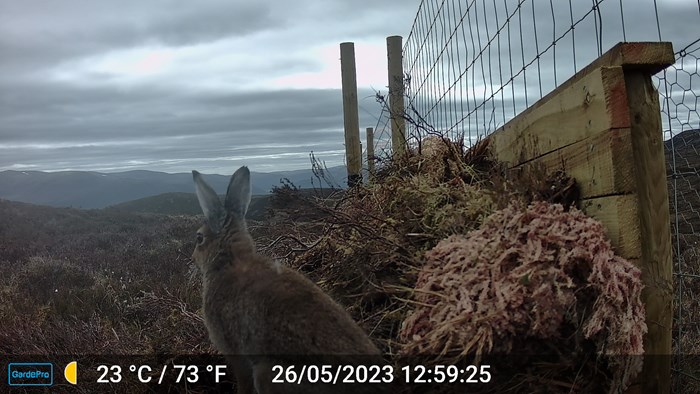Scottish Woodlands research sets the hares running - out of woodland sites
Wild hares could be saved from culling on forestry sites - thanks to a new study by Scottish Woodlands’ environmental experts.
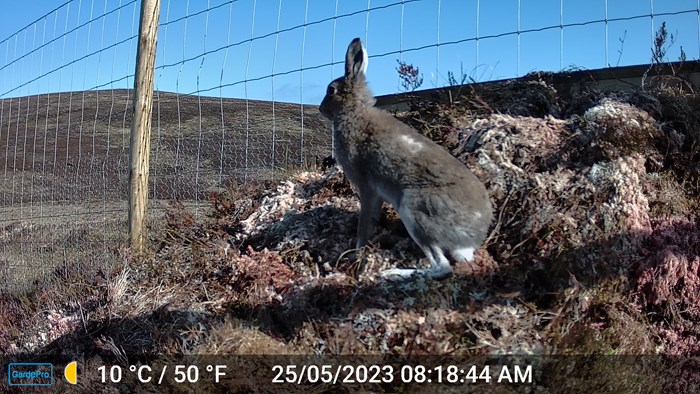
The survey showed that one-way structures can allow both brown and mountain hares to voluntarily leave fenced-off woodland planting areas - reducing tree damage while also avoiding alternative hare control methods.
Scottish Woodlands Ltd led the research (part-funded by the Scottish Forestry Trust), which used cameras to monitor small one-way gates and earthen ramps, which allowed hares to exit, but not re-enter, fenced woodland areas.
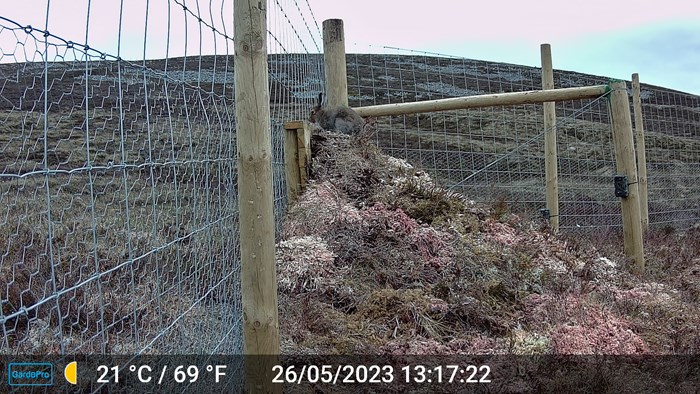
The motion sensor cameras monitored four structures across three locations at a woodland site in the Monadhliath mountains near Aviemore, in the Highlands.
Over a three-month period, four hares were filmed successfully exiting through the one-way passages - one using a gate and three using the ramp. Hares were frequently observed surveying surroundings from the elevated vantage points; one image captured by the cameras showed two hares apparently ‘kissing’ through the fence.
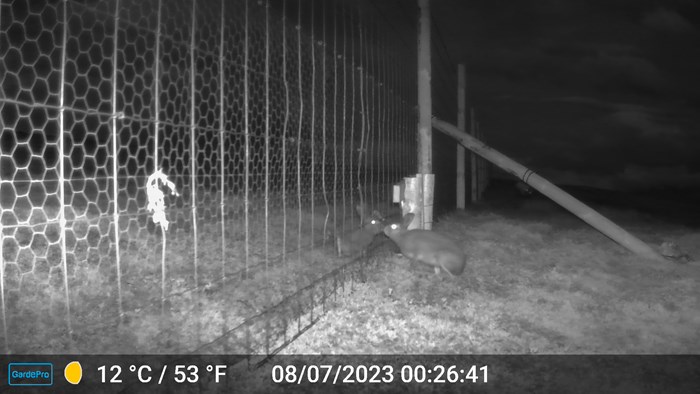
"Hares inside fences paced along boundaries when outside hares were present, so social behaviours might influence voluntary departure," said Megan Parker, lead author of the study and a Senior Forest Planner at Scottish Woodlands, based in Dingwall near Inverness. Jemma McLachlan, Assistant Environment Forest Manager, also worked on the research project, called Efficacy of One-Way Hare Structures in Woodland Areas.
Ms Parker added: "Allowing some hares to leave could lower populations inside enclosures and reduce tree damage. This kind of project shows the importance of environmental and biodiversity considerations at our woodland creation sites."
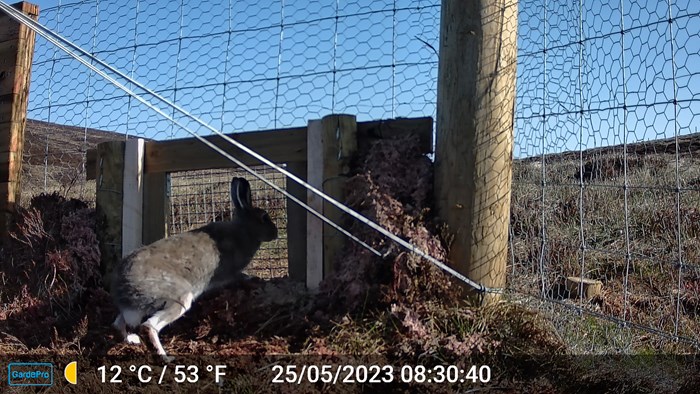
"This will continue to be a strong focus to support our clients to create new woodland which is in line with their aspirations to support climate change mitigation, net zero and nature.”
While limited in scale, the exploratory study indicates one-way ramps could augment hare control programmes that currently rely on trapping or shooting. "With further research into optimal placement and quantity, these structures may provide a more humane option for typical culling," added Ms Parker.
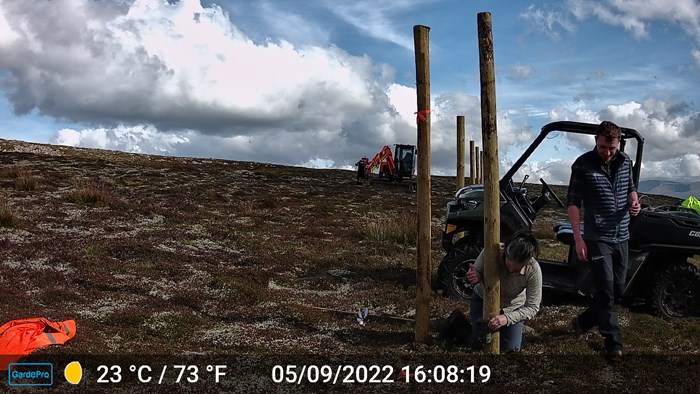
Scottish Woodlands continues investigating non-lethal solutions to reduce the impact of hares and other herbivores such as deer on newly-established woodland projects.
